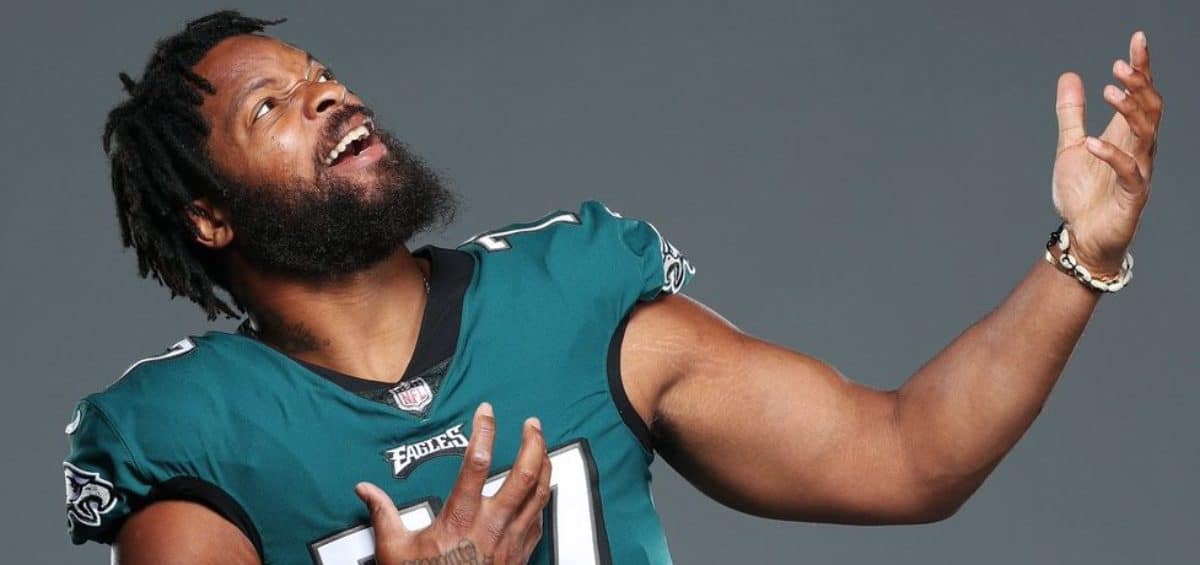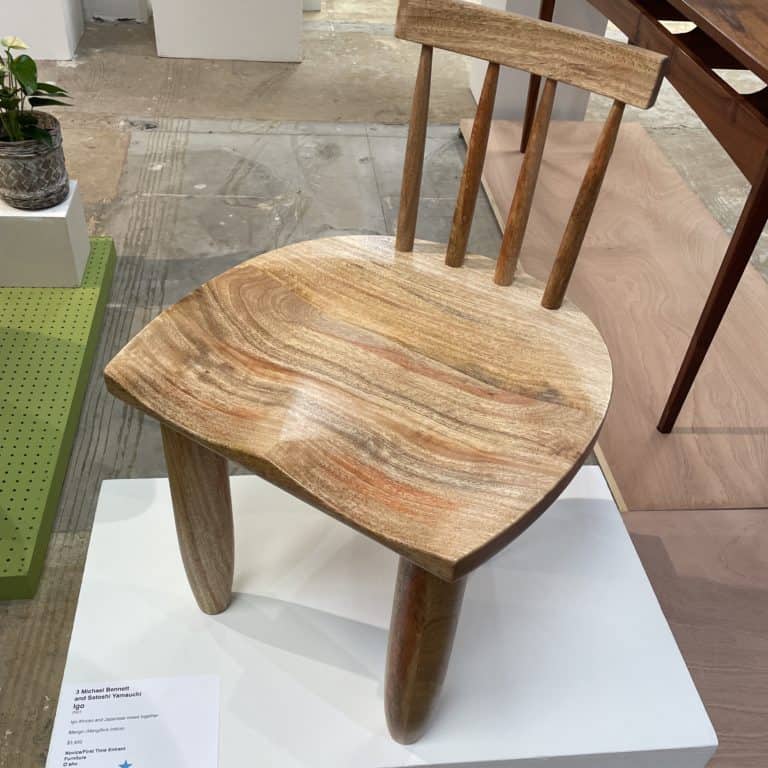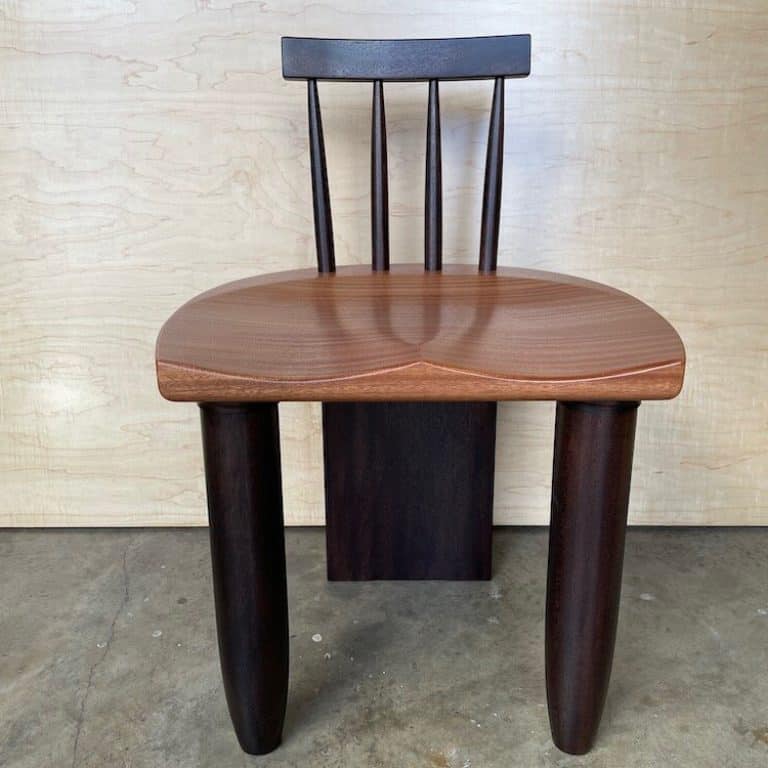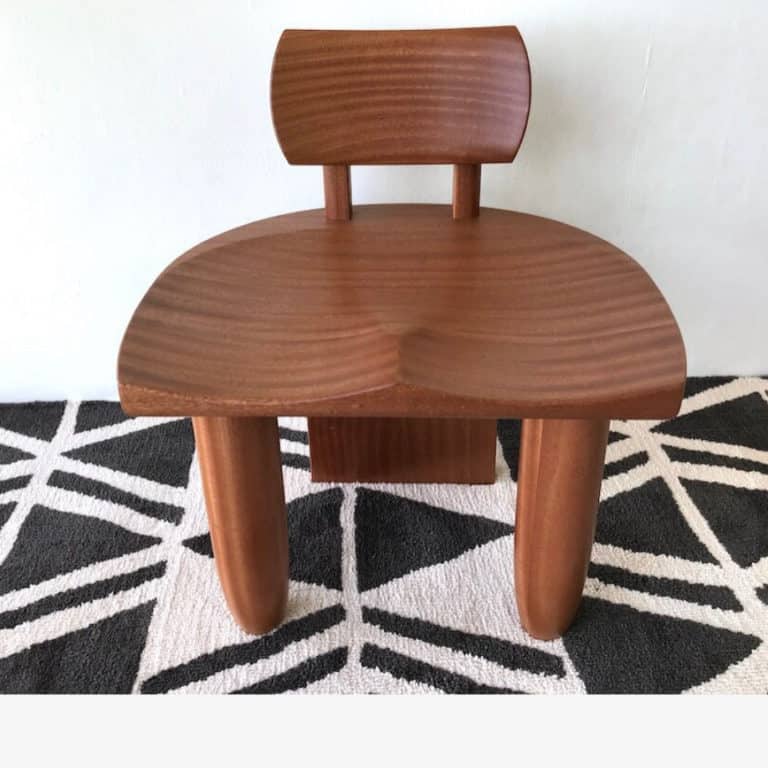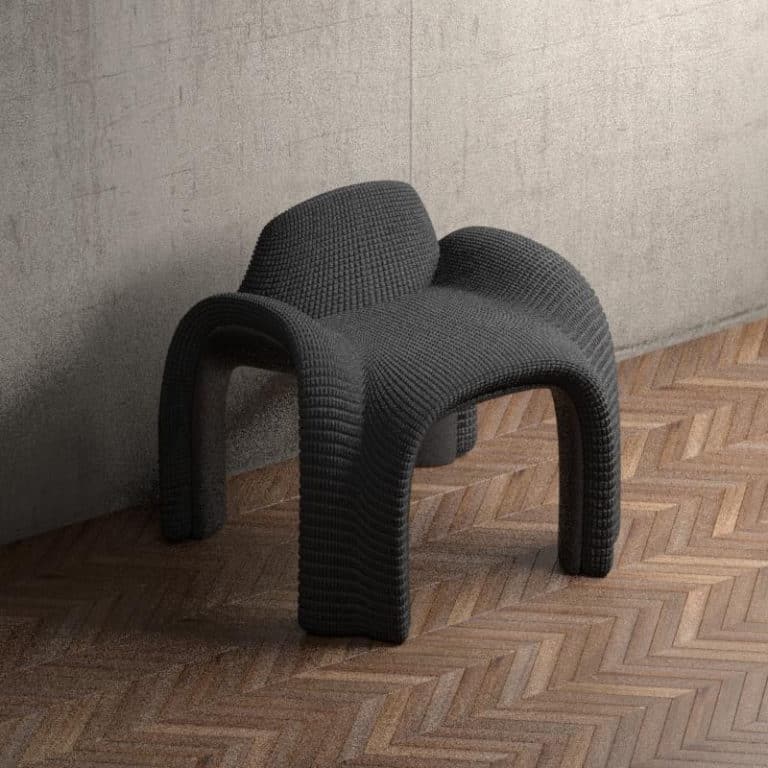Stephanie Thornton Plymale interviews Michael Bennett at his home in Hawaii to talk about his vision of becoming an interior designer after a successful career in the NFL.
Stephanie: Michael! Thank you so much for being here with us and sharing your story. We are so excited to have you at HSID. We have never had an NFL player come to school here and want to learn about design.
First off, we want to get to know a little more about you – you are doing so many amazing things! You must have incredible drive as you seem to be self taught in a lot of ways. Can you tell us more about where your drive comes from?
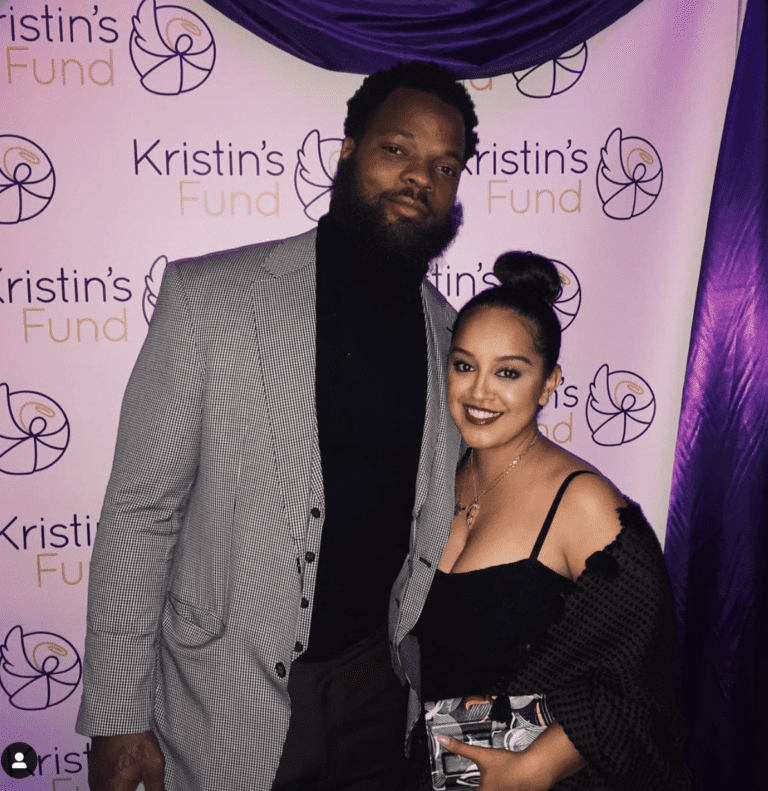
Michael Bennett and his wife Pele Bennett
Michael: When I was ten years old, I got really sick. My appendix burst and I had to learn how to walk again. That was a turning point in my life and where I got a lot of my drive. I built up grit and mental strength while I was in the hospital and seeing kids that were more sick than I was.
I remember learning how to walk again – I remember when I picked up my leg for the first time after being in that bed for two months, the doctor said to me, “He’s so tough, he’s so tough.” I think overtime that became my mindset. Whatever I get involved in, I just use that mentality; I think there is always a way to keep going. My wife says, “You never see a problem, you always see a solution.”
Stephanie: Wow, so that challenging illness really inspired you at a young age. You were clearly a kid who thought a lot. What was the special ingredient about you that made you so successful in the NFL?
Michael: I think it was my wife and children. Having people depending on you, and having that family core, that is what made it special for me. It was about more than just me; it was about my family, and I couldn’t let my family down.
Stephanie: What made you decide to quit the NFL, and how did you know it was time to move onto something new?

Michael Bennett wins the Super Bowl!
Michael: I realized that I had already achieved so much, and at that point it wasn’t worth taking any more risks. During the pandemic we had a lot of time to transition and to think and reflect on who we were, and what we believed in.
Stephanie: Do you wish you were going back, or are you happy with your decision now that you’ve made it?
Michael: I am really happy with my decision. We can get stuck in a place that doesn’t allow us to grow, and I think I reached my potential as far as playing. Now, I want to find a way to use the elements of design, along with my compassion for others, to find a way to change our communities.
Stephanie: When did you know that you wanted to be an interior designer? Has this love for design always been in you?
Michael: On Instagram, all I do is follow design accounts. I look at furniture pictures, houses, art, as well as every single Architectural Digest magazine. I just love beautiful places and the history behind houses and furniture. I always wanted to do something within that field and I kept thinking, ‘How do I get into that space?’
Interior design has the ability to create and change someone’s space in a way that makes them feel like they deserve that space. It’s important to make that space feel like home. I believe that designing with people who have a passion for community has the power to change our society.
Stephanie: What’s your goal for design, where do you see this going?
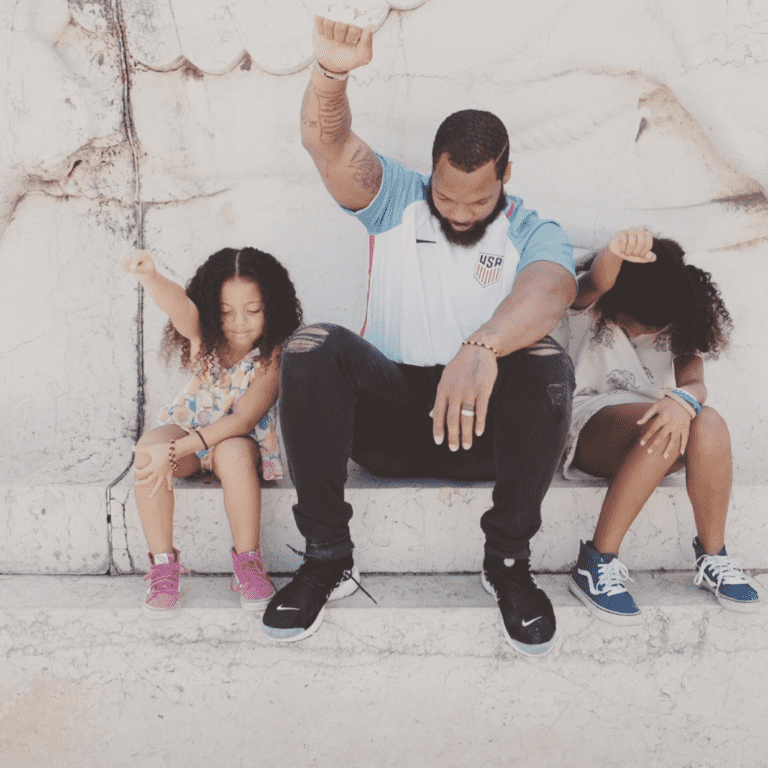
Michael Bennett with his two Daughters
Michael: I want to open up a multi-disciplinary studio that would include furniture design, architecture planning, as well as community planning. I want to work in a central space with many other individuals where we can all work together. I feel like in design there are so many systemic injustices, and we can work to dismantle those. Unless we have designers and people who can understand that there are problems that need to be solved, there will be no solving them.
Stephanie: At Heritage, we really pride ourselves in introducing students to the industry of design. We show them where to source things, who to work with, and that ability to communicate is a big part of it. Is there anything you are learning that you really love?
Michael: Heritage has really done a lot for me, not only has it really influenced my design aesthetic, it has given me the communication skills to continue my growth as a designer. This ability to communicate is an important skill that you need to have in order to effectively work with people.
I love how you have to become so in tune with your client. You have to be able to connect with them in order to communicate the vision that’s in their head, and then translate it into their homes. When you walk into someone’s house and every room is put together, it’s powerful. It shows how much they care about their space.
Stephanie: I was telling you that you are such a role model. There are not a lot of male designers, nor very many people of color, so being a role model to people by making this big change in your life is incredible. We are so excited about you giving HSID students opportunities with this scholarship. What made you decide to do that?
Michael: There are not a lot of Black designers. We created this scholarship because there are a lot of people who do not have the opportunities that others may have, so we need to open the door for them.
When I came into design, I felt this feeling of a new beginning and it really changed me. I didn’t want to be fearful of these big changes. There’s a lot of people in my class who I look up to. We all came from different places in our lives, and here we are in this position where we all want to be creative, but at the same time, we are also doing so much more than that. This scholarship is to help someone who has the ambition and belief that they want to be a part of this change, but may not know quite where to start. Heritage and this scholarship can help those people.
Stephanie: HSID is for everybody and anybody who wants this. It is available to you, and we are so thankful for your scholarship as well, as it gives us the chance to be able to give the gift of this career to others.
Michael: The thing I like about Heritage too, is that ability to have freedom and form within my learning. Heritage is a lived experience. It introduces real-life education. It makes you want to keep learning. There is a constant ability to keep growing in this space.
Stephanie: Thank you for what you are saying. With my background, I really did not have a lot of opportunities, and being a designer felt out of my league, so I just made my own way as a designer. I wanted to be able to have a school that’s for everybody. Designing felt like something only for the elite, and that’s not what we have made here at HSID, it’s for everybody. We are honored to have you. We are excited to build a little legacy with you coming to our school, and that will only grow by you giving people this same opportunity. In a few years you are going to look back and have this big career that you love, and it started here.
Check out Michael Bennett’s recent chair designs! The chair to the left won 1st place!

